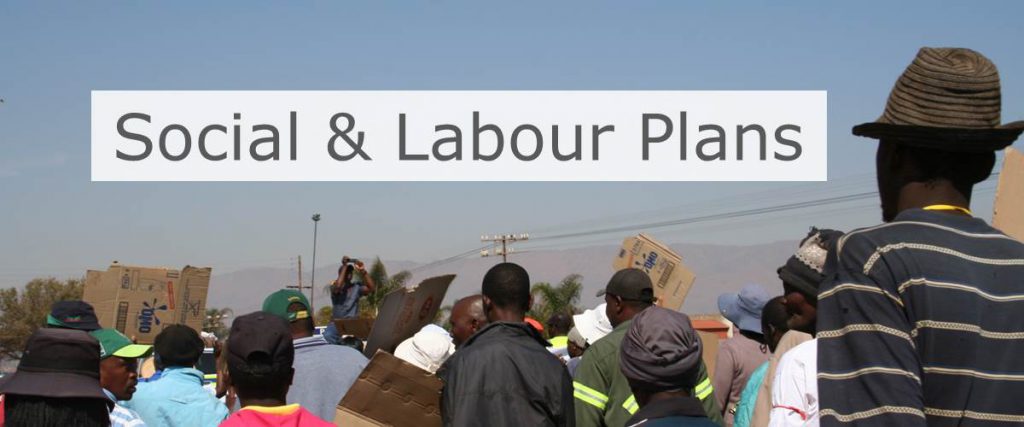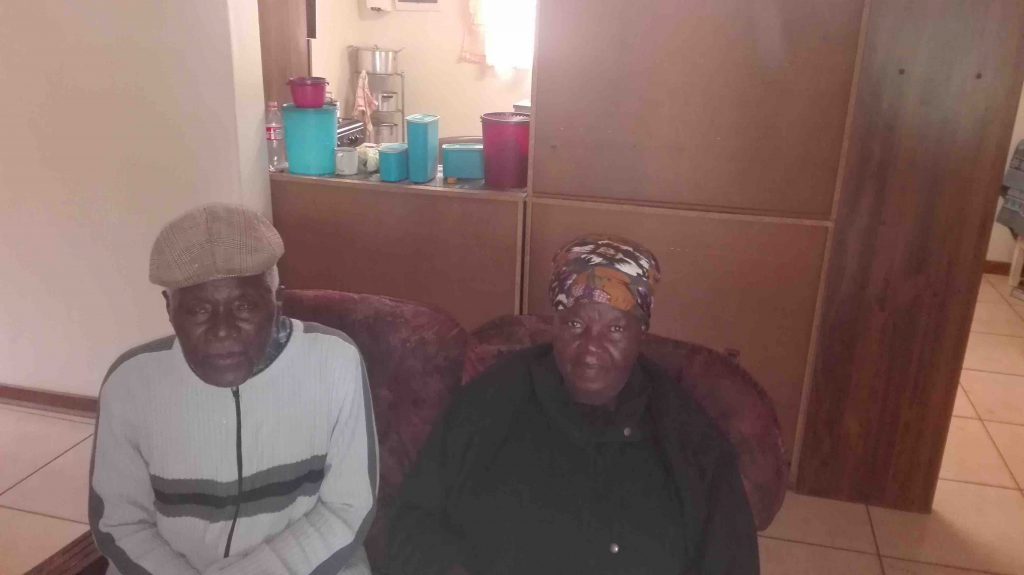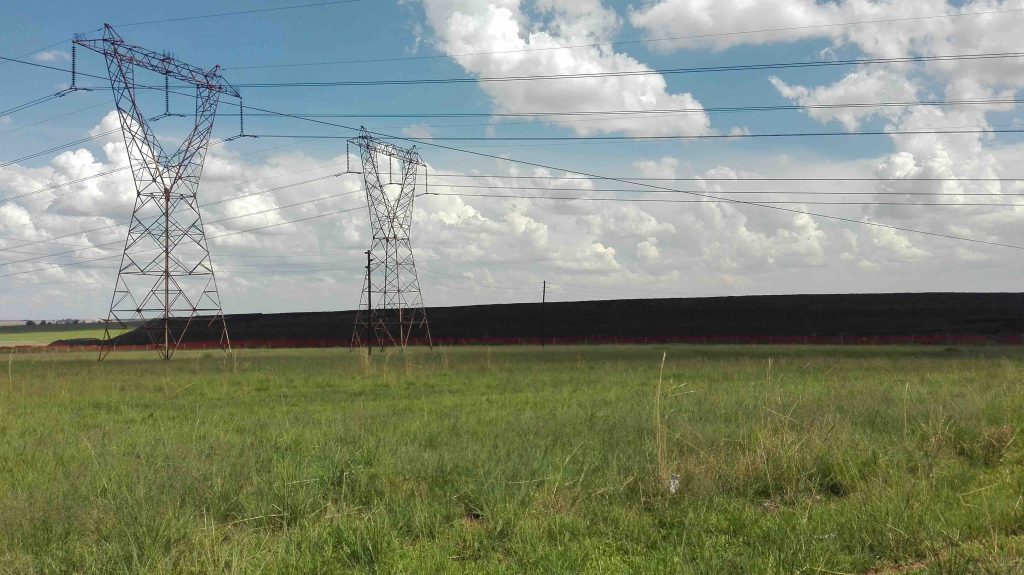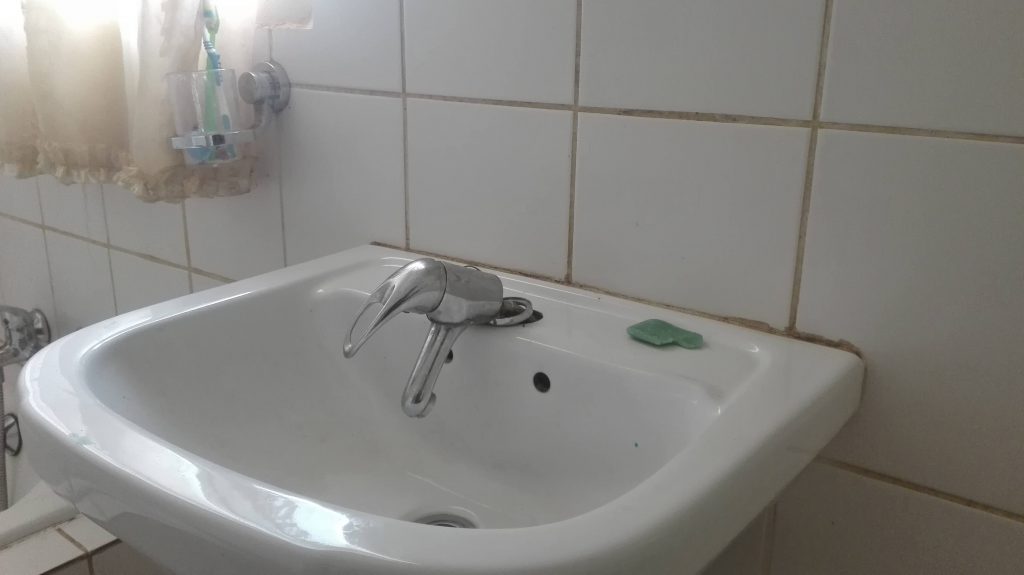
06 Feb The reality of social and labour plans
Social and labour plans are supposed to improve life for communities affected by mining. Unfortunately, because of the fog surrounding how they operate and are enforced, these communities are often left hopeless and in despair. Tholakele Nene investigates

SLPs are crucial in mitigating the effects of mining on communities. Graphic courtesy CALS
It is a chilly day in Nkanini, a neighbourhood in a dusty Mpumalanga township where a sizeable number of the community depends on mining income, government grants and pensions. Some of the residents were relocated here in 2012 to make way for a mining project.
Sarah Ndlovu, a 33-year-old unemployed mother of five, says she can no longer pick vegetables from her backyard to help her husband put food on the table. She has become reliant on the government grant she receives and the “peanuts” brought in by her husband through piece jobs.
“Before, I had a vegetable garden where I would get spinach and cabbage. But now things are hard,” she says. “We have to pay for everything, and there isn’t enough land to start a vegetable garden even if you wanted to.”
Ndlovu says the move has meant a serious adjustment for the whole community, who used to live a simple lifestyle on rural farmlands in Nkomeni and needed very little money for their daily needs.
Hers is one of the families relocated to Nkanini, a section in a township called Thubelihle in Emalahleni, by Anglo American’s Kriel mine after continuous mining blasts made their homes unsafe and polluted the air with dust, making their children sick, she says.
One of her neighbours, 73-year-old Esther Sibanyoni, says she developed asthma after years of being exposed to polluted air caused by the mine blasts and was happy to move away from Nkomeni.

Unpaid utility bills are piling up at households such as the Sibanyonis because they depend on government pension grants to make it through the month. Photos: Tholakele Nene
Empty promises
According to Ndlovu, prior to the move the mine made verbal promises to the community at various meetings, but they have not been met.
“One day they told us they had found space in Thubelihle township and would be building houses for us there. We were very happy because we would now have running tap water, toilets inside the house, and electricity. So they took us to see the place where they were going to build the houses,” she says.
She says the mine also promised the community jobs through the building of the houses in Nkanini, but this had not materialised and instead residents from Thubelihle were hired to help build the houses with contractors.
Poppy Sibanyoni, 28-year-old daughter of Esther Sibanyoni, says not all was doom and gloom at first as the mine ensured that each family had R300 worth of electricity as a head start when they moved to their new homes. They also provided the community with Jojo tanks to help them manage their water supply.
The women say the agreement was that the mine would settle all their municipal electricity and water bills in the first six months after the move, but they had failed to do this. As a result unpaid utility bills have been adding up throughout the neighbourhood, especially at households such as the Sibanyonis that depend on government pension grants to make it through the month.
“I cannot even begin to tell you how much we owe for water this month,” says Poppy. “I’m sure it is close to R11,000 because we have not paid it in such a long time.” She pulls out the bill for February 2016, which came to R1,474.
“There’s no money,” she says. “Some months we pay when we can afford to, others we don’t. The geyser is permanently switched off because it takes up too much electricity.”
Her father had been told by a former ward counsellor to register for a water subsidy, she says. “This will allow my father, who is now old and is losing his vision, to not pay for water. We were told by the former counsellor not to pay for water until the subsidy is approved,” she says.

Residents complain about not having a place to grow their vegetables or maintain their livestock in dusty Nkanini
Not so social labour plans
The families had high expectations from a long list of promises made by the mine to the Nkomeni community before they moved. This apparently included maintenance of their new homes, subject to conditions that were not clear during the consultation process.
Theirs is just one of many mining-affected communities around the country trying to find ways to adjust from years of sustainable, simple livelihoods to the fast-paced lifestyle of urban areas, requiring not only social but financial adjustments as well.
Unfortunately, because of the fog surrounding social and labour plans, monitoring and compliance, these communities are often left hopeless and in despair.
Oxpeckers asked Ndlovu if she knew of a document called a social and labour plan. She sounded confused and mumbled something under her breath, as if trying to make sense of the term. Then she asked Oxpeckers to explain.
A social and labour plan (SLP) is one of three key documents that mining applicants need to draft and submit to the Department of Mineral Resources (DMR) when applying for a mining right for a certain area. It outlines how the establishment of the mine will improve life for an affected community and address their needs.
The SLP is meant to be informed by the needs and priorities of the community, and though it is initially submitted to the DMR communities can request this document from the department through a request under the Promotion of Access to Information Act (PAIA).
After this was explained to Ndlovu, there was a long silence before she responded that she had no knowledge of this document and that everything had been verbally agreed upon. The community had continuously communicated through a middle person called Margaret, whom she assumed was employed by the company as a consultant because “she sometimes came with a white man from the mine to the house”.
This was confirmed by the Sibanyonis, who said their only contact with Anglo American was Margaret Phatlane. Oxpeckers attempted to get a hold of Phatlane and was promised an interview, but is still waiting.
It was evident that neither Sarah Ndlovu nor the Sibanyonis had any recollection of an SLP document. This raised the question of whether SLPs are effective at all if affected communities do not know of their existence. And are they fulfilling their intended purpose of promoting employment and advancing the social and economic welfare of historically disadvantaged communities affected by mining in their area?
Oxpeckers asked Robert Krause, a research associate at the Centre for Applied Legal Studies (CALS), how many mines actually release SLPs and whether – judging from his work with communities – people understand SLPs.
Krause said that, looking at the feedback provided by mining organisations CALS works with – including the Mining and Environmental Justice Community Network of South Africa, and Mining Affected Communities in United Action – it is the norm for people not to be provided with SLPs.
“The majority of mining-affected communities don’t know SLPs exist,” he said. “There are a few people and communities who know about SLPs, but they also do not understand them 100%.”

Blasting at Kriel, one of the Mpumalanga mines supplying coal to Eskom, caused pollution and nearby homes began to crack
The confusing role of SLPs
CALS researched a sample of 50 SLPs in 2014 to uncover trends at micro (individual SLP design) and macro (design of the system) level, to understand the weaknesses and strengths of the SLP system. The results were published in March 2016 in a study titled The Social and Labour Plan Series: Phase 1, system designs trends analysis report.
“SLPs do not appear to cater for actual community needs, a sentiment that is echoed by mining-affected communities throughout South Africa. There is critique that the SLPs system does not promote long-term planning nor incorporate sustainability considerations,” the report says.
According to the DMR’s 2010 SLP guidelines, an SLP “lodged with the regional manager or designated agency is valid until a closure certificate has been issued in terms of section 43 of the Act (regulation 43). This means that [an SLP] becomes binding as soon as a mining right has been granted.
“The holder is then legally responsible for the carrying out of the SLP commitments. And by law cannot have their mining right renewed in five years unless the previous SLP commitments have been completed.”
Regulation 41 of the Mineral and Petroleum Resources Development Act states that SLPs are designed to ensure that holders of mining rights contribute towards the socio-economic development in areas in which they operate.
This is emphasised by the SLP Guidelines, which state that SLPs are meant to “utilise and expand the existing skills base for the empowerment of historically disadvantaged people and to serve the community”.
For Sarah Ndlovu the regulations do not ring true: “When they moved us, they promised us jobs because we couldn’t travel from Thubelihle to Nkomeni every day, they promised to help us look for jobs and then they said jobs are scarce.
“They started a training programme and trained us on machines that don’t work and gave us certificates. I’m afraid to even apply for jobs because I don’t know how to use the machines, we were verbally trained on machines that don’t work,” she says.
Poppy Sibanyoni says she has applied for multiple jobs but was told her certificate was “fake” and could not be considered by potential employers.
“Honestly, we believe that they really helped us by moving us from the mud houses. We don’t have a problem with that, we just want jobs so we can take care of ourselves and our families and replace the broken stuff ourselves. To me the jobs part matters the most. We live on mom and dad’s old age pension money and it’s not enough.”
“In practice we suspect that SLPs are frequently the consultants’ idea of development more than the mining company’s, let alone the communities’ idea that should drive the SLPs,” says the CALS report.
This is backed up by a report from the Bench Marks Foundation published in October 2016, Life before and during mining: The relocation and struggles of the Magobading Community Limpopo, which says “subcontractors are often in it to make profit and therefore impose programmes and interventions on the community instead of really listening to the needs of the community.
“The foundation has also found that corporations take at face value the results of subcontracted consultants who are in the game to maximise profit through undertaking the community engagement work that the corporation itself finds difficult and tedious. Consequently, the corporation then engages in corporate social responsibility (CSR) actions that have not been requested by the community, but have been imposed on it by subcontracted consultants… both government and corporations are often surprised by the hostile, violent response of communities to things being done ‘for them’.”

Residents interviewed complained about cheap materials and equipment used inside their houses, and pointed out leaking taps, cracked ceilings and broken doors
Paper commitments
So who is supposed to be held to account for carrying out SLPs? In the 50 sample SLPs in the CALS report there is no clear identification of the author, making it difficult to hold a particular person to account or to determine whether the author is suitably qualified to draw up an SLP.
In the case of Nkomeni, according to Ndlovu, the community dealt with Anglo American consultant Phatlane. Ndlovu says the three-year “contract” between the mine and the community expired in February 2016 and her understanding is that Phatlane, who made the promises to the community on behalf of the mine, can no longer be held accountable for any failure to deliver on promises.
Zareena Ebrahim, government and social affairs manager at Anglo American, points out that its SLPs are available on the company’s website. “We have a complaints and grievance mechanism in place on our operations which our communities are made aware of,” she says.
No complaints have been reported from the Nkanini community, she says. “We would therefore appreciate if you would forward us the issues raised by the Nkanini community so that we can engage directly with them on these matters and find the relevant response to their concerns.”
The absence of a regulatory body for consultants makes it difficult for communities to report poor SLPs or unfulfilled promises, and to hold them accountable, says CALS. It suggests there needs to be internal accountability for delivering on SLP promises, so they are not viewed as just “a collection of paper commitments”.
DMR spokesperson Ayanda Shezi says mining companies must submit an SLP when applying for mining rights, and the local economic development of the plan must be aligned with the local and district municipality’s integrated development plan.
“Consultations are held with the affected municipality, as representatives of mining communities, on the proposed plans. SLPs are available from the DMR regional offices and affected municipalities,” Shezi said.
Holders of a mining rights or permits, or the manager of any processing plant operating separately from a mine, must submit to the DMR an annual report detailing the extent of the holder’s compliance with the mining charter and the SLP, she said. Non-compliance will result in the mining right not being renewed until such time as the local economic development plans are implemented.
Asked what the DMR is doing to make SLPs easily accessible to communities, Shezi said: “SLPs are public documents available in regional offices and can currently be accessed through the Promotion of Access to Information Act (PAIA). Amendments to the mining charter are proposing that SLP publication becomes a company compliance requirement.”
SLPs and resettlements
One of the big questions concerns whether SLPs and relocations of mining-affected communities are linked. CALS lawyer Louis Snyman says “they most certainly are linked as resettlements have enormous social and economic impacts on the targeted communities.
“In our experience, if resettlements are to go ahead, a resettlement plan should be drafted and form part of the SLP. These resettlement plans are mostly annexures to the SLP themselves.”
However, Anglo American’s Ebrahim counters that SLPs and resettlements are not related. “Relocations are not part of SLPs as they address different issues,” she says.
She was not in a position to disclose the Nkanini community’s resettlement plan, because “we would need formal authorisation by the affected parties. In addition, the relocation process is not finalised yet. We are currently still working on it and are aware of issues that we are improving.
“The relocation process has a formal complaint and grievance procedure and structure that allows the affected parties to voice their concerns,” Ebrahim says.
Find out more about the Kriel mine and its SLP on the #MineAlert app here
#MineAlert is a centralised platform for accessing, tracking and sharing information and documents on mining applications and licences.
Tholakele Nene is an Associate of Oxpeckers Investigative Environmental Journalism. This investigation was sponsored by #MineAlert and Code for Africa.
